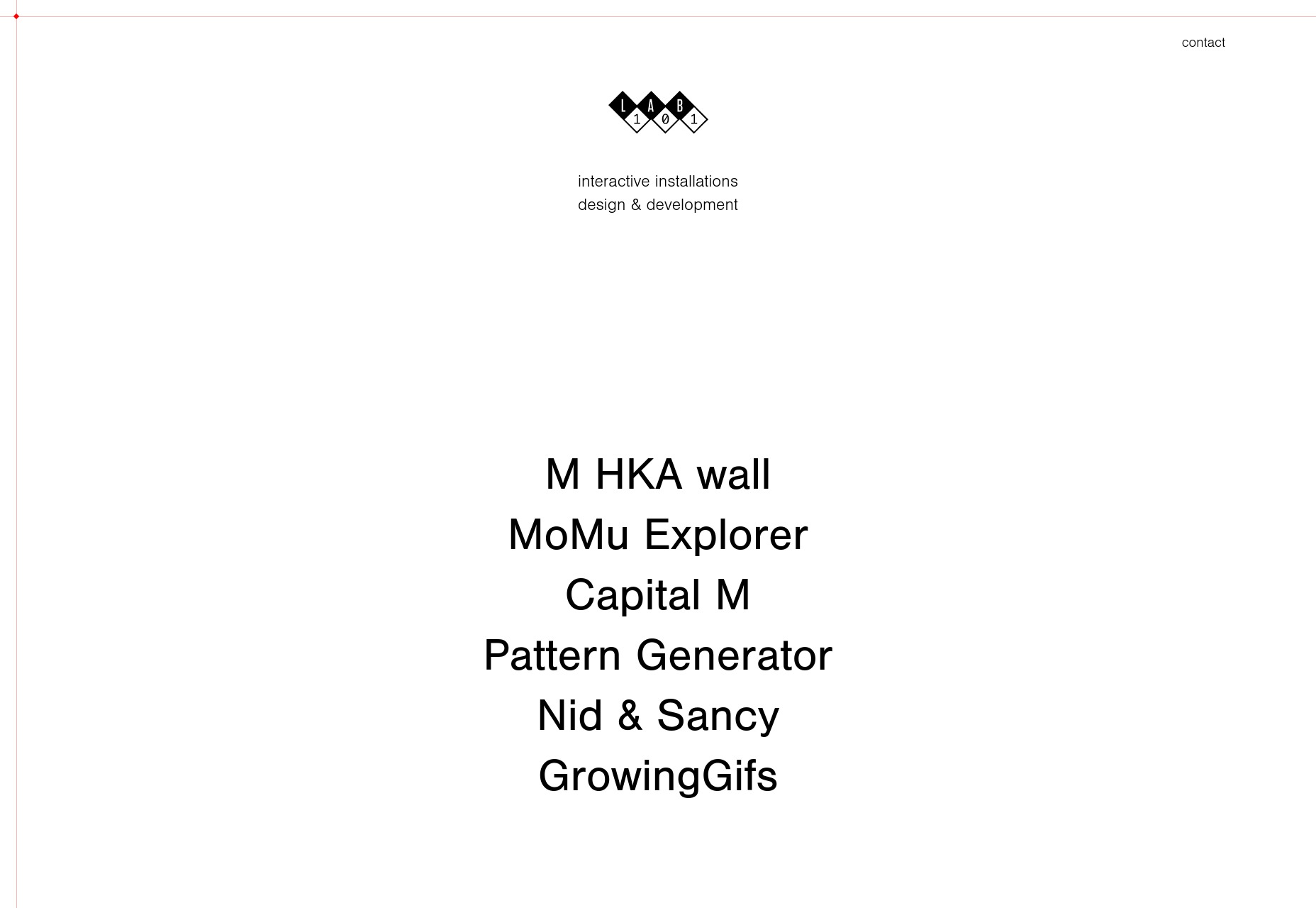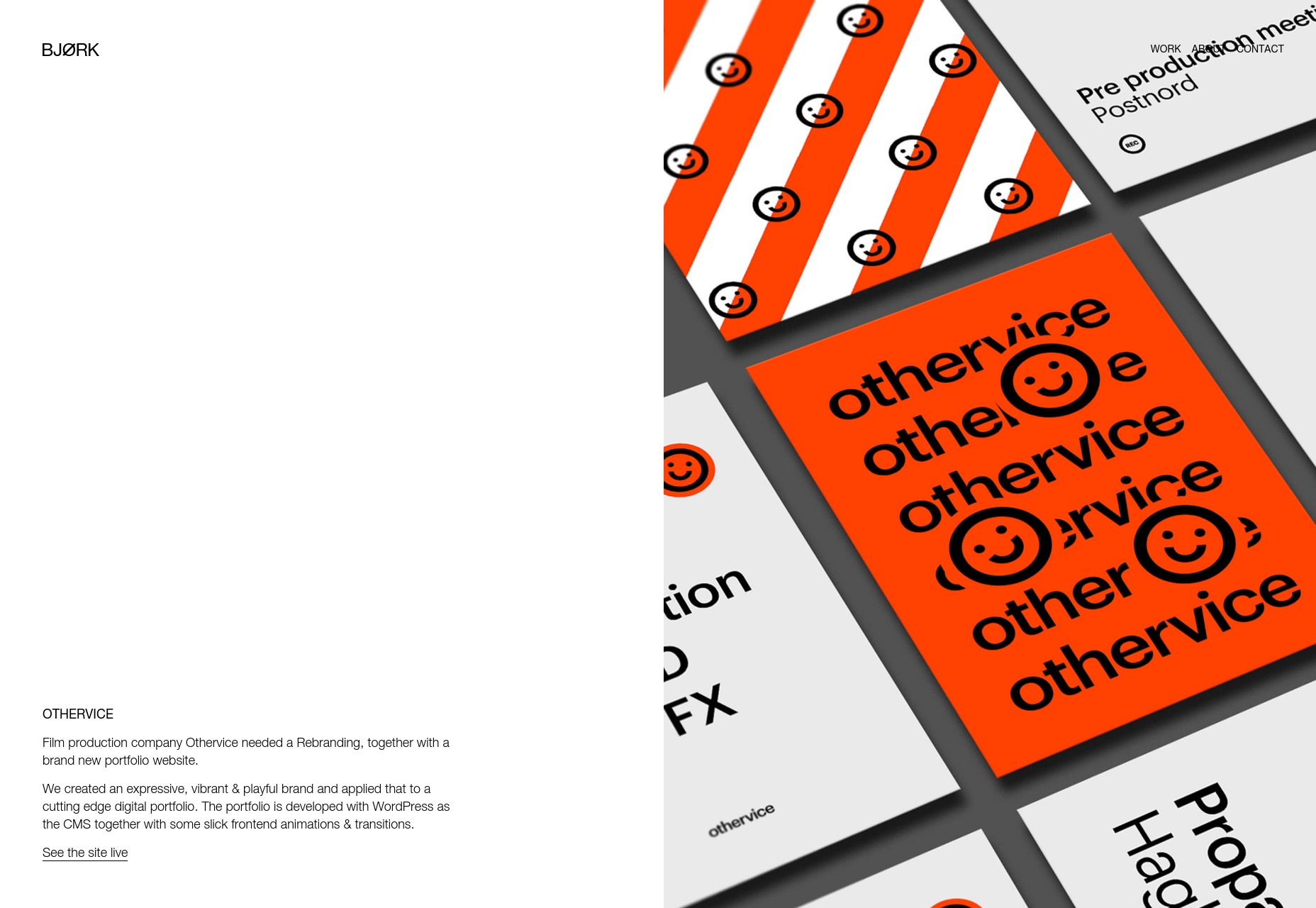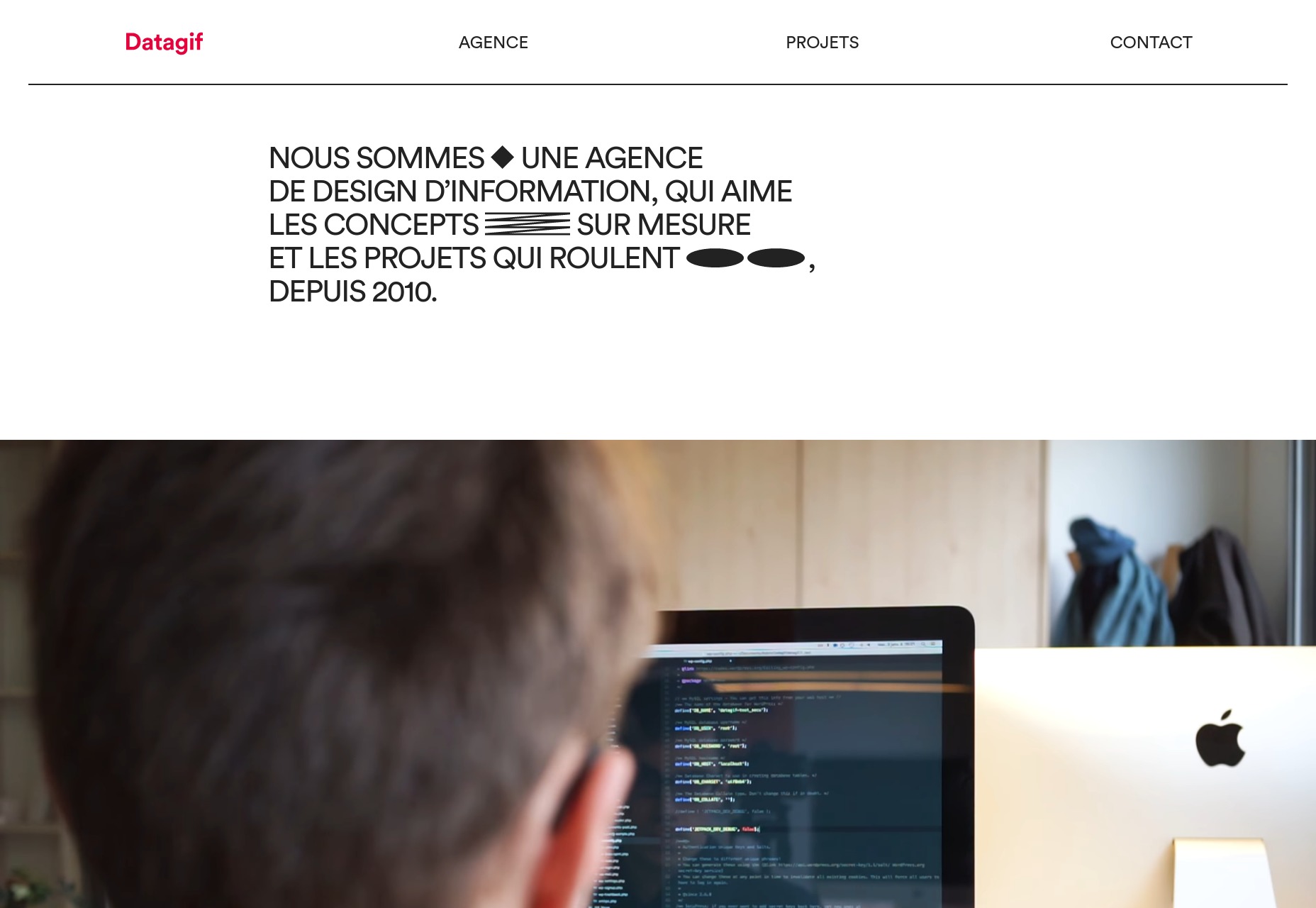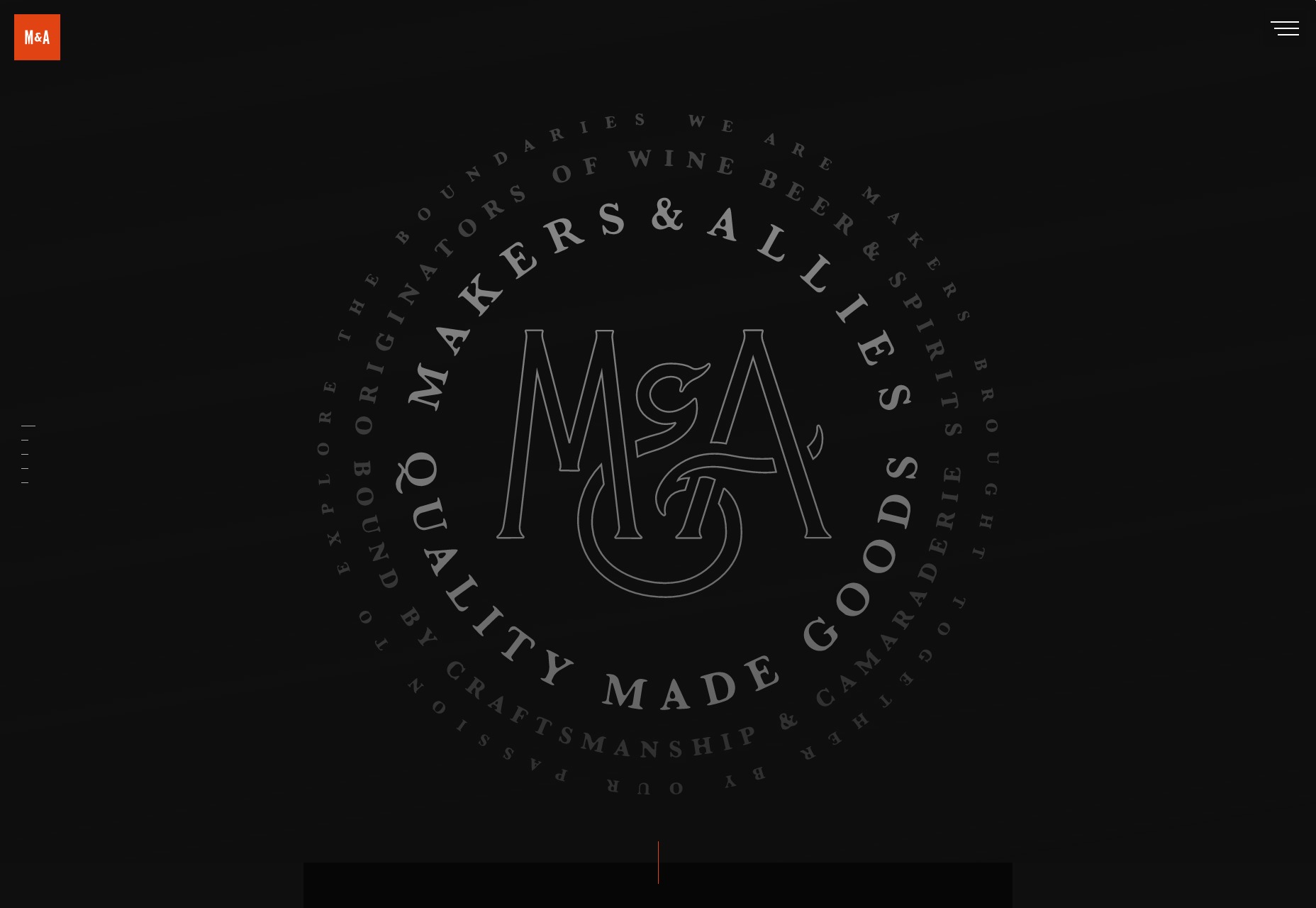The Trouble with Cheap eCommerce
Original Source: http://feedproxy.google.com/~r/1stwebdesigner/~3/S6YL4ZuvVoQ/
It used to be that building an eCommerce website was an arduous and expensive task. And while that is still the case in some specialized situations, those barriers have been largely removed when it comes to more mainstream usage.
Take WooCommerce, for example. It’s a free eCommerce plugin for WordPress; the most widely used content management system on Earth. Right out of the box, it enables anyone to sell their products and accept payments online. If you need more specialized functionality, it’s widely available in the form of free or reasonably-priced premium extensions.
This is certainly a great development for small businesses that don’t necessarily have a huge budget for building a website. But, what type of impact does it have on eCommerce overall? And what, if any, negative side effects have “cheap” eCommerce platforms had on web designers?
Square Holes and Round Pegs
It seems that, no matter how many online stores you build, no two will be exactly the same. Products, services and even business owners are all variables that need to be taken into consideration – and that’s even before you start the design and development process.
On the surface, it may look as though a tool like WooCommerce is perfect to handle all the different quirks that go along with customizing an eCommerce site. After all, you get to pick and choose which extensions you need. Plus, skilled developers can even create their own solutions.
Yet, it often feels like we’re trying to bend and shape extensions or the basic cart itself to fit into our own narrow use cases. The results are mixed, with some features essentially going against the grain of what the original software was intended to do.
Yes, we have options, but what if those options don’t really align with our needs? And this isn’t just limited to WooCommerce. Other, more proprietary eCommerce suites aren’t necessarily more flexible – some are even less so.
The problem here is that a one-size-fits-all approach means that site owners won’t necessarily get everything they want. That shouldn’t even be a problem, as low-cost solutions aren’t meant to attend to each and every need. But that brings us to the next point.

The Expectation of Low (Or No) Cost
Because the barrier to entry is so low, many seem to think that eCommerce can and should be done on the cheap. The expectation is that, no matter the need, a top-quality shop can be built for very little cost.
Sometimes, that expectation actually comes to fruition. Depending on a client’s specific needs, it is possible to build something that looks great and performs the necessary functions on a tight budget. However, it doesn’t mean that every case is going to turn out that well.
The more realistic view is that each and every feature that goes into a website has an associated cost. This is especially true for eCommerce, where a seemingly “little” tweak can take up a lot of time and resources to implement.
But because there are so many free and low-cost tools out there, some clients simply expect that everything can be taken care of with minimal effort and at extremely little cost. Personally, I’ve seen cases where site owners refused to even purchase a fairly cheap but specific bit of functionality that was critical to making sure orders came through correctly.
It may be a risk they were willing to take, but the approach was very short-sighted.

Above All, eCommerce is an Investment
As the professional designers and developers in the room, it’s up to us to communicate exactly what goes into making an eCommerce site work. That doesn’t need to include every single technical detail. But it should include an honest assessment of how complex the entire process is and that one-size-fits-all often means making some sacrifices.
Even more important is that clients should understand that an investment in their eCommerce site is an investment in their own success. It’s understandable that some far-flung features could be put on hold until there are more resources available. However, there are some types of functionality that are simply too vital to skimp on.
Once, I worked with a client who utilized a SaaS shopping cart provider that increased their monthly subscription fees. As any of us might, the client lamented the fact that costs were going up. But when you looked at the bigger picture, the price hike was miniscule when compared to the amount of money being made off of the website itself. It was a relatively small price to pay for success.
If that same client were to sell through more traditional brick-and-mortar channels, their overhead costs would have been significantly more. Yet, because they were used to paying very little for eCommerce capabilities, the expectations were completely different.
This is a point worth making to clients who scoff at paying a bit extra for a worthy investment. Relatively speaking, the potential rewards for doing things the right way can easily outweigh the initial cost.

Keeping It Real
While free and low-cost eCommerce isn’t the right way to go for everyone, it can still be quite effective for many businesses. The key is in understanding what it can and can’t do, along with keeping realistic expectations.
The bottom line is that you’re not going to create a site that works exactly like Amazon on a shoestring budget. Clients often see what the “big” players are doing and naturally want to mimic their success. While we can certainly understand their hopes, we also need to communicate what can be done for what they’re able to spend.
Overall, it’s great to see that anyone can enter the eCommerce game. Our goal as designers should be to help clients learn about the positives, negatives and realities of selling online.





































































 Alright, so let me begin by addressing the title because there is a method to my madness: There are literally hundreds of articles out there with tips, tricks, and best practices when it comes to e-commerce; some are generic and some are more technical but they do cover most areas of interest.
Alright, so let me begin by addressing the title because there is a method to my madness: There are literally hundreds of articles out there with tips, tricks, and best practices when it comes to e-commerce; some are generic and some are more technical but they do cover most areas of interest.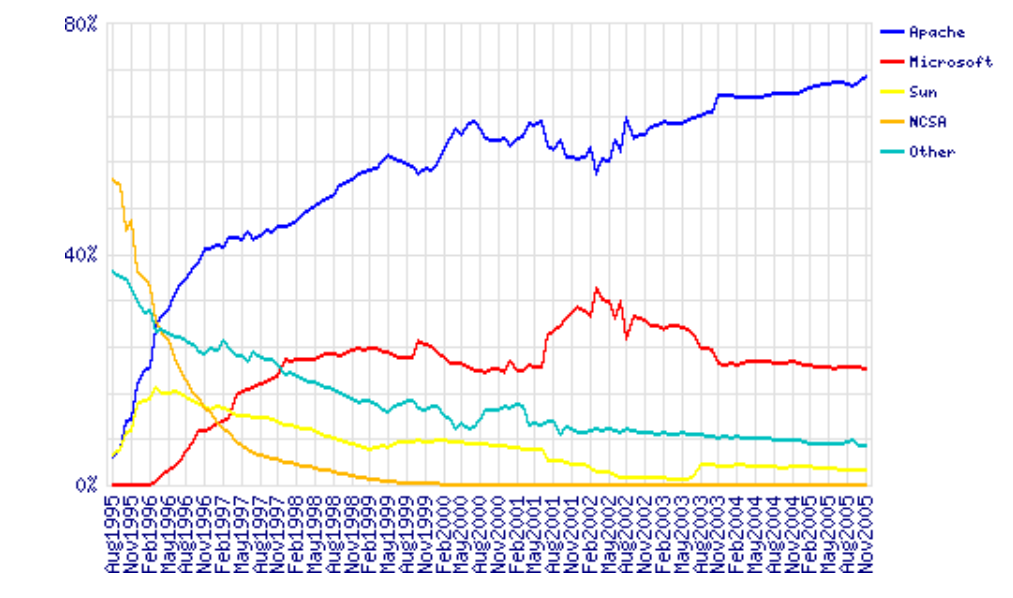






 It’s been just three years since Adobe unveiled Adobe Stock, and in that time the service has grown from 40 million photos and vectors, to over 90 million assets ranging from professional photographs, to high-quality 3D files; that’s over 45,000 new assets uploaded every day.
It’s been just three years since Adobe unveiled Adobe Stock, and in that time the service has grown from 40 million photos and vectors, to over 90 million assets ranging from professional photographs, to high-quality 3D files; that’s over 45,000 new assets uploaded every day.


 Welcome back, Readers. It’s June, and if I got paid extra for every instance of the word “minimalist” in this article, I could probably afford to vacation in Canada. Well, my point is that minimalism is the general theme of this month, because that’s what it has all come down to: various forms of minimalism.
Welcome back, Readers. It’s June, and if I got paid extra for every instance of the word “minimalist” in this article, I could probably afford to vacation in Canada. Well, my point is that minimalism is the general theme of this month, because that’s what it has all come down to: various forms of minimalism. , kids. If you find an idea you like and want to adapt to your own site, remember to implement it responsibly.
, kids. If you find an idea you like and want to adapt to your own site, remember to implement it responsibly.





